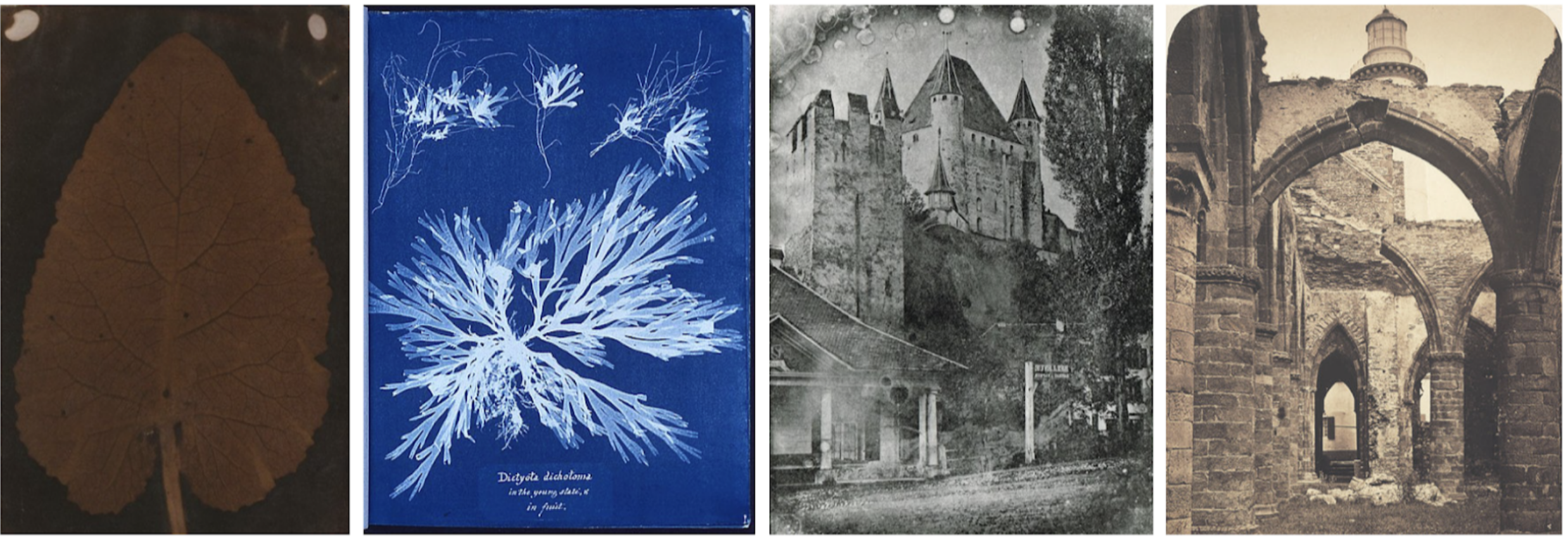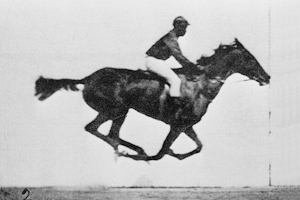Table of Contents
👀 The possibility for photography rests on two combined principles: the ability of an image to be projected via a camera obscura and the fact that certain materials change when they are exposed to light. In the early 19th century, artists and inventors worked to perfect the process of combining these principles to create photographic images.
Early Photographic Milestones
First Surviving Photograph (1827)
The oldest surviving photographic image was created by Joseph Nicéphore Niépce in 1827. It shows a view of buildings and countryside, taken from a high window.
First Photograph with People (1838)
In 1838, Louis Daguerre created an image that is widely thought to be the first photograph containing people. However, the image took so long to expose that only two figures who stood still can be seen.
Women in Early Photography
Women also experimented with photography from its earliest era. The first known photograph by a woman is an image of a leaf, taken in 1839 by Sarah Anne Bright.

In the United States, portrait photography became especially popular, leading to portrait studios in every city. Augustus Washington, a free man of color born in New Jersey, opened his own photography studio in Hartford, Connecticut, in 1846. He took the first photographs of his fellow abolitionist John Brown in 1846 or 1847.
Motion Studies and Chronophotography
Muybridge's Horse in Motion (1878)
In the 1870s, photographer Eadweard Muybridge was hired by Leland Stanford to photograph a horse. Muybridge spent most of the decade working out how to expose an image fast enough to capture a galloping horse. By 1878, with the help of some railroad engineers, Muybridge devised a way to take not just one but a sequence of photographs of a moving subject.
Rebecca Solnit's book River of Shadows: Eadweard Muybridge and the Technological Wild West provides an excellent account of this process and its cultural significance.

Muybridge spent another 10 years photographing animals and humans in motion. He also invented the zoopraxiscope to demonstrate moving illustrations based on his photographs.
Marey's Chronophotography (1882)
Meanwhile, in 1882, Étienne-Jules Marey devised a means of taking 12 photographs per second, using a mechanism that looked like a gun. He was soon able to push this up to 30 frames per second. Unlike Muybridge's motion studies, which used separate cameras to photograph onto separate plates, Marey's use of a single camera allowed him to expose multiple images on the same glass plate or strip of photographic paper.

Development of Flexible Film (1889)
In 1889, George Eastman's photography company began selling a flexible celluloid film stock that was more durable than paper. Eastman's company also created the first film roll system and the sprocket holes that allow film to be advanced inside the camera. This proved useful not only for still photographers, who no longer had to carry heavy glass plates, but also for budding motion picture photographers, as it brought them even closer to being able to expose the hundreds of frames needed to capture more than a few seconds of motion.
Cultural Notes
The development of photography and motion studies wasn't merely a technical achievement—it represented a fundamental shift in how humans understood and documented the world.
Motion studies revealed aspects of movement invisible to the naked eye, changing our understanding of animal locomotion and human motion. These studies also created visual language conventions that would influence early filmmakers, who often employed a documentary approach similar to Muybridge's analytical framing.
There's also a fascinating connection between these early motion studies and modern cinema. For example, Jordan Peele's film Nope (2022) references Muybridge's work, though it takes some creative license with the historical details.
This note is part of a series exploring the pre-history of cinema.